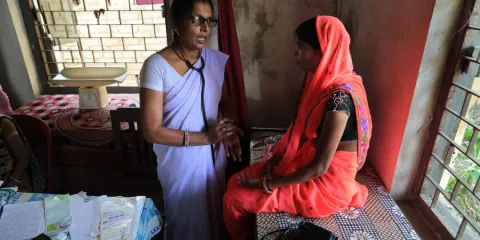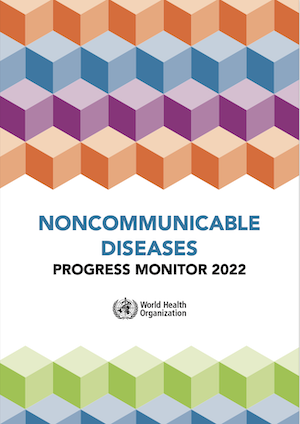WHO launches new NCD Progress Monitor

WHO’s NCD Progress Monitor documents the actions that WHO Member States are taking to set targets and develop policies and plans to prevent and control major noncommunicable diseases (NCDs) and their risk factors.
In its latest edition, this report notes one simple trend: simple and effective NCD interventions are not being adopted widely enough around the world.
Of 194 countries, the 2022 NCD Progress Monitor indicates that 126 have set time-bound national targets for NCDs based on WHO guidance. Encouragingly, 77 countries fully achieved more indicators in 2022, compared to the previous NCD Progress Monitor published in 2020. In all, well over half of countries (120) currently have an operational multisectoral national strategy or action plan for NCDs integrating the major diseases and their shared risk factors.
An area of progress is in efforts to reduce tobacco use, with more than half of all countries now fully achieving the implementation of plain/standardized packaging and/or large graphic health warnings on tobacco packaging, one of the best-buy interventions (to effectively reduce tobacco use under the NCD Global Action Plan). There is also improvement in the development of clinical guidelines for NCD management, with most countries fully achieving this indicator for the first time.
However, fifty-four countries have lost ground. There have been major declines in physical activity awareness campaigns, and NCD surveillance. Similarly, variations by geography and income status persist.
As two examples, no Member State in the WHO African Region has fully achieved the NCD surveillance indicator to deliver a STEPS survey or a comprehensive health examination survey every five years, while only one no low-income countries (of 27) has achieved a functioning system for generating reliable cause-specific NCD mortality data on a routine basis.
How is your country performing? Read the report and find out.
